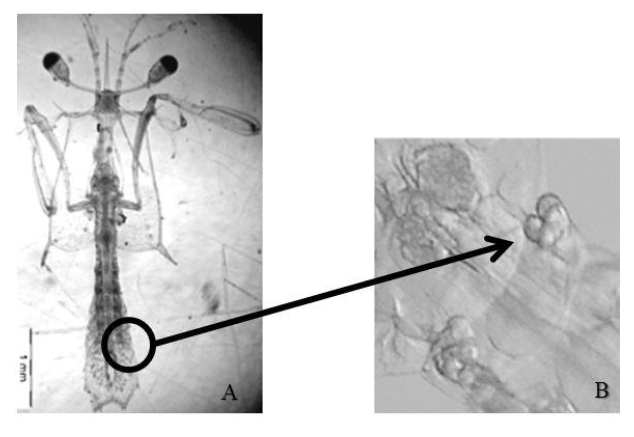Short Communication: Effect of different feed regime on the survival and larvae development of mantis shrimp larvae (Miyakella nepa)
DOI:
https://doi.org/10.17762/sfs.v8i3.45Abstract
Miyakella nepa (Latreille, 1828) (Crustacea: Stomatopoda), also known as the small-eyed squillid mantis shrimp can be found throughout the Indo-West Pacific regions (Ahyong, 2001). To date, most mantis shrimps fisheries resource in Asia was collected from the wild (Lui et al., 2007). M. nepa and a few other mantis shrimps species are important commercial fisheries in certain parts of Asia and has been overly exploited since the 1980s (Hamano and Matsuura, 1986; Musa and Lee, 2008; Ngoc et al., 2018). High demand on local and import/export markets can be seen to be increasing throughout the years in countries like Indonesia (Wardiatno and Mashar, 2011), Vietnam (Ngoc et al., 2018), China (Xing, 2015) and even in Malaysia (Chern, 2020). Thus, the pressure for sustainable aquaculture efforts has been on the rise in many countries.










